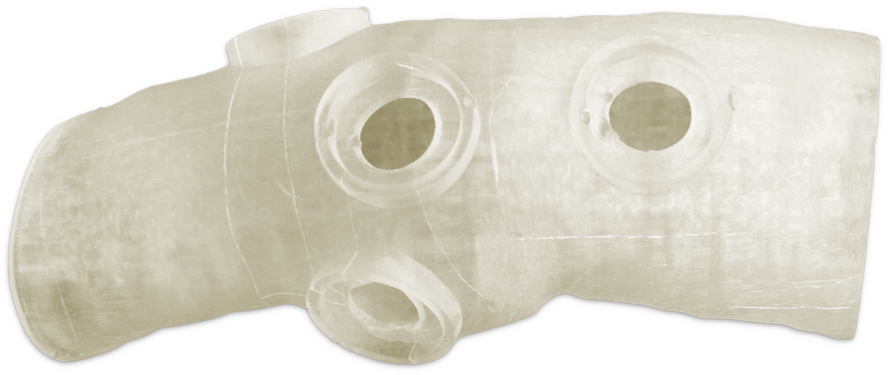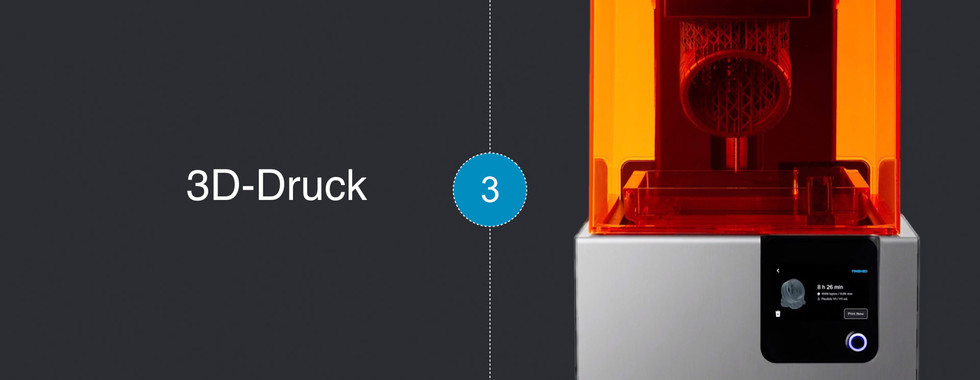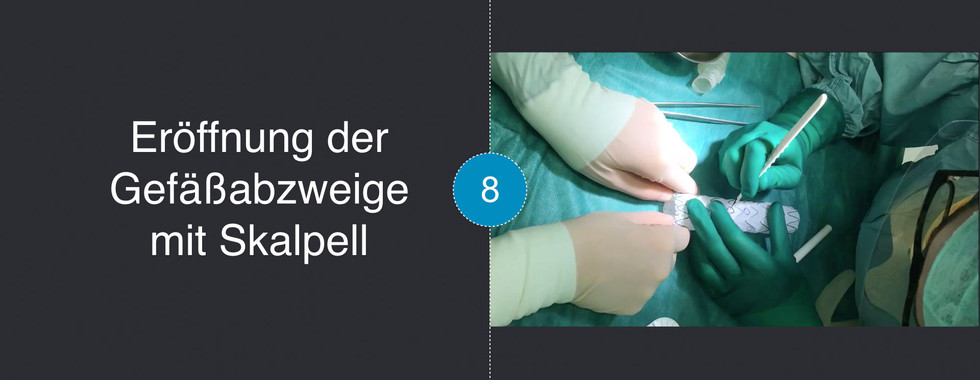Next3D develops 3D printed normal and stereotactic devices and surgical planning models.
- Sep 27, 2021
- 2 min read
Updated: Sep 6, 2023
On September 16, Prof. Winkler presented the possibilities of 3D printing with practical application examples in the MDR health magazine "Hauptsache Gesund".

The Project
The Leipzig Emergency Ventilation System from Next3D
Rapid support for emergency care of Covid19 patients by a 3D-printed emergency ventilator developed by the Uni Klinik Leipzig and Fraunhofer IWU, whose testing and modification was supported by WHZ. This development took only 7 days. If there are not enough high-tech ventilators available, this should be available to medical professionals as a last resort. It is not a certified medical device, but is intended to serve as a last option. However, the Next3D working group at Leipzig University Hospital is certified to the ISO13485 medical technology standard and is generally allowed to manufacture and market patient-specific 3D-printed instruments and models, which are considered custom-made products under the Medical Devices Act. The system is supported medically by Prof. Dirk Winkler (Deputy Director of the Clinic and Polyclinic for Neurosurgery at Leipzig University Hospital), who can also draw on many years of experience as an emergency physician. Partners: University of Leipzig, University Hospital Leipzig, West Saxon University of Applied Sciences Zwickau , Fraunhofer Institute for Machine Tools and Forming Technology IWU.
Vascular model for cutting stents
Fenestrated stents are used to treat aortic aneurysms. You can use the patient-specific 3D-printed vessel models from Next3D as templates for marking vessel branches on conventional stents. This reduces the operating time by about 90 minutes.
Surgical planning models
As part of precise bone screw fixation or bone repositioning, drilling and sawing templates can be fabricated for spine and pelvic surgery as well as for oral and maxillofacial surgery.
In addition, you can use patient-specific models of the patient's anatomy for planning complex operations.A selected panel of experts assesses the current situation on the ground and advises on all issues related to the establishment of the center, adapted to local conditions at all levels.
The use of Next3D models results in the following advantages:
Support in the planning of complex operations
Simulation of the surgery directly on the model, determination of the surgery strategy
Shortening of the operation time
Can be used intraoperatively (biocompatible, steam sterilizable)
Possibility of trial implantation
Fabrication of the model within 24h
images and information: www.next3d.de























Comments